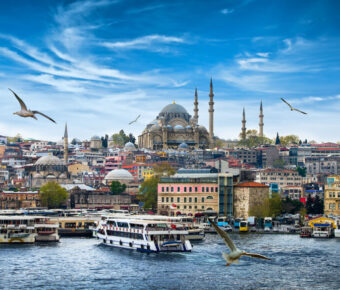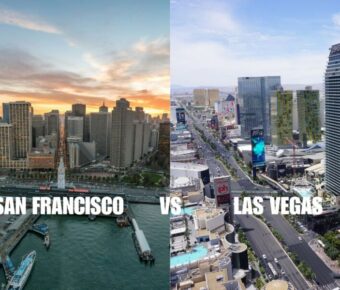
Palermo vs Syracuse: A Tale of Two Sicilian Cities That Will Leave You Spellbound
Sicily offers two incredible cities that capture different sides of this Mediterranean island‘s charm. Palermo pulses with energy as Sicily’s vibrant capital, known for bustling markets and grand architecture that spans Arab-Norman to Baroque styles. Syracuse whispers tales of ancient Greek glory through its ruins and quieter streets.
For most travelers, Palermo makes the better choice for a first visit to Sicily with its wider range of attractions, livelier atmosphere, and better transport connections. The city serves as an ideal base for exploring western Sicily, with easy day trips to beaches and historic sites.
Syracuse shines for those seeking a more laid-back experience focused on history and culture. The city’s ancient Greek theater, archaeological park, and beautiful old town on Ortygia island transport visitors back in time. The best time to visit either city is spring or fall when temperatures are mild and crowds are thinner.
Contents
- Historical Overview
- Founding and Ancient History
- Cultural Influences
- Key Attractions and Sites
- Palermo’s Landmarks
- Syracuse’s Treasures
- Lifestyle and Local Culture
- Cuisine and Gastronomy
- Festivals and Events
- Exploring the Region
- Coastal Adventures
- Day Trips From Palermo and Syracuse
- Practical Travel Information
- Accommodation and Lodging
- Getting Around
- Weather and Best Travel Times
- Frequently Asked Questions
- What unique attractions can visitors find in Palermo that differ from Syracuse?
- How does the historical significance of Syracuse compare to that of Palermo?
- Which culinary experiences in Palermo offer a distinct taste not found in Syracuse?
- What are the hidden gems in Syracuse for seasoned travelers who’ve already explored Palermo?
- In terms of local festivals and cultural events, how do Palermo and Syracuse differ?
- What are the travel experts’ top accommodation picks when choosing between Palermo and Cefalù?
- More Travel Guides
Historical Overview
Both Palermo and Syracuse stand as living monuments to Sicily’s complex past, shaped by waves of conquering civilizations that left lasting marks on their architecture, culture, and identity.
Founding and Ancient History
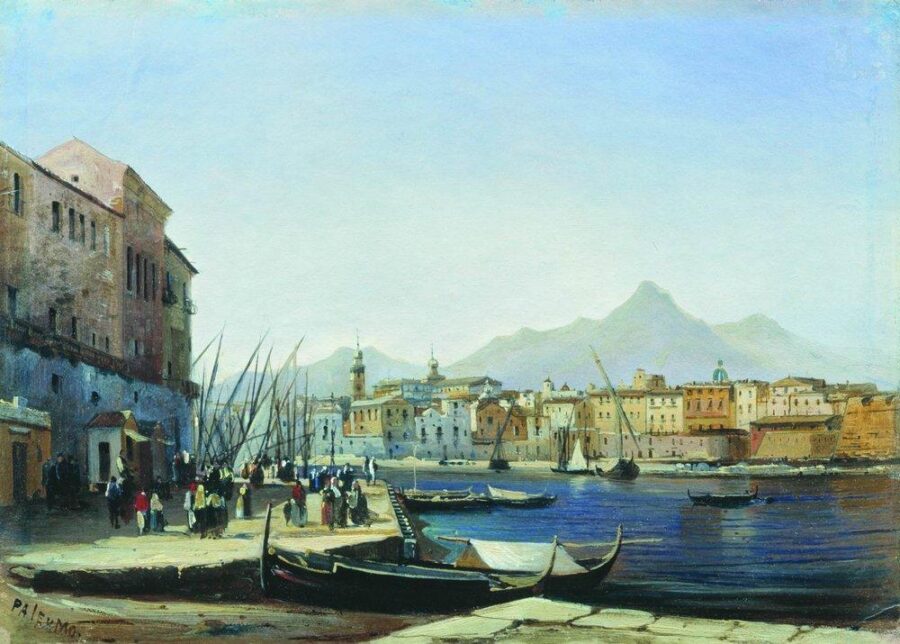
Syracuse traces its roots to 734 BC when Greek settlers from Corinth established the city. The settlement grew into one of the Mediterranean’s most powerful cities, rivaling Athens in size and influence. Its ancient Greek theater, carved from limestone, remains one of the largest surviving Greek theaters in the world.
Meanwhile, Phoenicians founded Palermo in the 8th century BC, naming it Ziz. The city changed hands many times, with each ruler adding new layers to its identity.
Cultural Influences
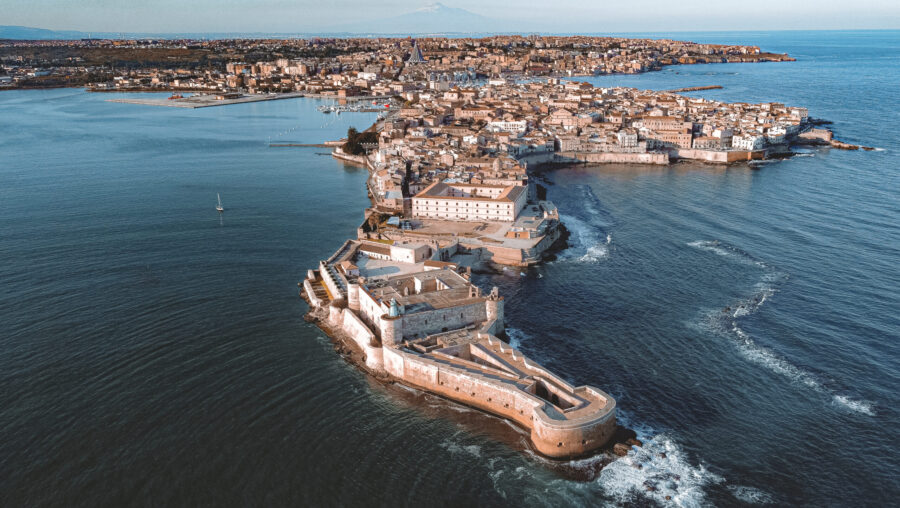
Syracuse kept strong ties to its Greek heritage, visible today in its ruins and traditions. The ancient Greek theater still hosts performances, connecting modern visitors to the city’s classical past. The city later absorbed Roman, Byzantine, and Arab influences.
In contrast, Palermo shows a more diverse cultural mix. Arabs transformed it into a major cultural center in the 9th century. Norman rulers later added their mark with stunning architecture. The city’s markets still reflect its Arab heritage, while its churches showcase Norman-Byzantine art.
The streets of both cities tell stories through their buildings. Syracuse’s ancient district of Ortygia mixes Greek temples with baroque palaces. Palermo’s architecture blends Arab domes, Norman arches, and Spanish facades.
Key Attractions and Sites
Both Sicilian cities showcase remarkable monuments that tell stories of ancient civilizations, Norman conquests, and Baroque splendor. Each destination offers unique architectural treasures that transport visitors through centuries of Mediterranean history.
Palermo’s Landmarks
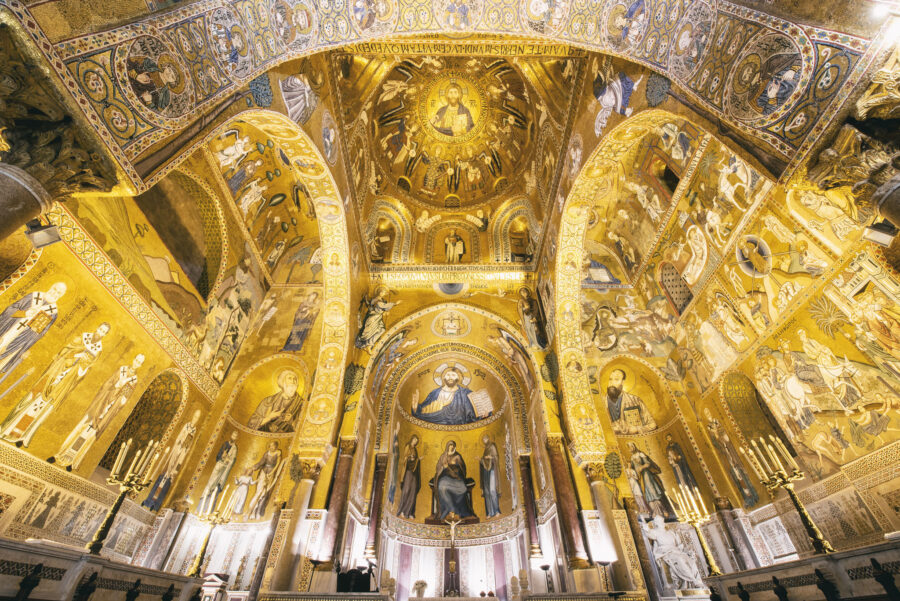
The majestic Palermo Cathedral stands as a striking example of architectural evolution, mixing Arab, Norman, and Baroque styles. Its golden stone walls and intricate details make it a must-see attraction.
Meanwhile, the Norman Palace amazes visitors with its stunning Cappella Palatina, featuring glittering Byzantine mosaics and an ornate wooden ceiling. It remains Sicily’s oldest royal residence.
The bustling Ballarò Market brings local culture to life with colorful stalls selling fresh produce and street food. The market’s energy captures Palermo’s vibrant spirit.
Lastly, the grand Massimo Theater impresses with its neoclassical architecture. As Italy’s largest opera house, it hosts world-class performances in a magical setting.
Syracuse’s Treasures
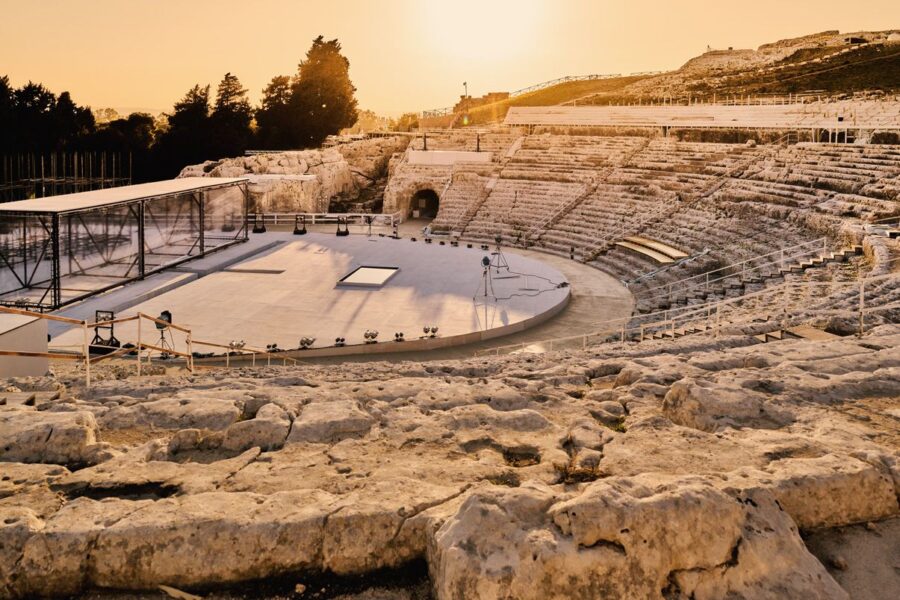
The island of Ortigia forms Syracuse’s historic heart, connected to the mainland by short bridges. Its narrow streets lead to the magnificent Piazza Duomo, where the Syracuse Cathedral incorporates an ancient Greek temple.
The Archaeological Park Neapolis contains the famous Greek Theatre, still used for summer performances. The massive limestone quarries include the Ear of Dionysius, known for its unique acoustics.
The Temple of Apollo ruins stand as Sicily’s oldest Doric temple. These ancient stones mark the beginning of Greek architecture on the island.
Lastly, Maniace Castle guards Ortigia’s southern tip, offering stunning sea views. This 13th-century fortress shows the military might of Frederick II’s reign.
Lifestyle and Local Culture
Both Palermo and Syracuse offer distinct ways of life shaped by centuries of tradition. The cities pulse with unique rhythms, from bustling markets to cultural celebrations that bring communities together.
Cuisine and Gastronomy
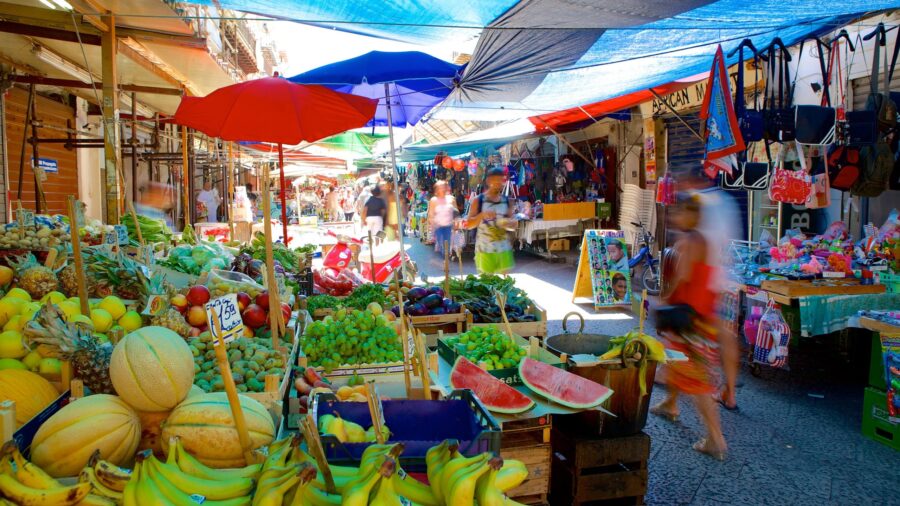
Palermo shines as Sicily’s street food capital. The famous Ballarò and Vucciria markets buzz with vendors selling hot arancini – crispy rice balls stuffed with meat and cheese.
The city’s food scene comes alive at night. Small family-run trattorias serve local specialties like pasta con le sarde (pasta with sardines) and sfincione (Sicilian pizza).
Meanwhile, Syracuse takes pride in its seafood tradition. Fresh catches arrive daily at the waterfront market, where fishmongers sell swordfish, sea urchins, and local bluefin tuna.
Festivals and Events
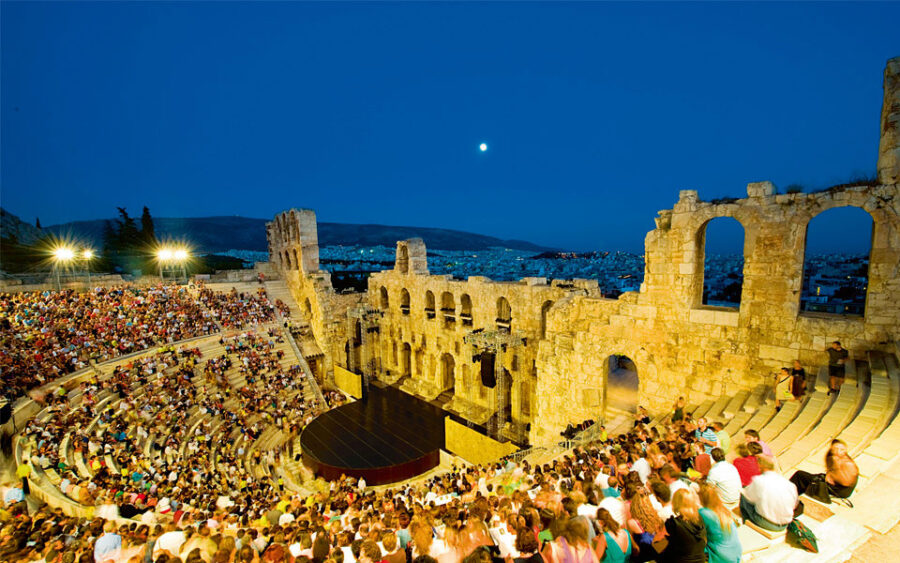
Palermo celebrates Santa Rosalia each July with a grand 5-day festa. Streets fill with parades, music, and dancing as locals honor their patron saint.
Syracuse hosts the Greek Theater Festival from May to July. Ancient plays come to life in the same stone amphitheater where they premiered 2,500 years ago.
Both cities mark Easter with solemn processions. Religious statues carried through narrow streets reflect their deep Catholic traditions.
The summer brings food festivals celebrating local specialties. Street parties feature live music, cooking demos, and plenty of wine from nearby vineyards.
Exploring the Region
Sicily offers incredible opportunities for adventure beyond the city limits of Palermo and Syracuse. The island’s dramatic coastlines, mountain villages, and ancient ruins create perfect day trips for curious travelers.
Coastal Adventures
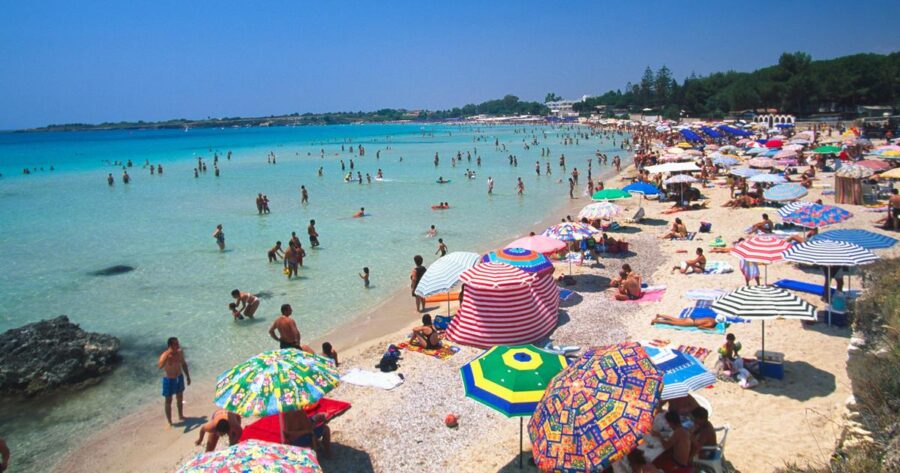
The beaches near Syracuse shine with crystal-clear waters and golden sand. Fontane Bianche beach, just 15 km from Syracuse, makes a perfect swimming spot with its shallow waters and beachside cafes.
Near Palermo, the charming town of Cefalù beckons with its stunning Norman cathedral and crescent-shaped beach. The water here stays warm enough for swimming from May through October.
For a quieter beach experience, try San Vito Lo Capo. This white-sand paradise sits about an hour from Palermo, offering excellent snorkeling and some of Sicily’s best seafood restaurants.
Day Trips From Palermo and Syracuse
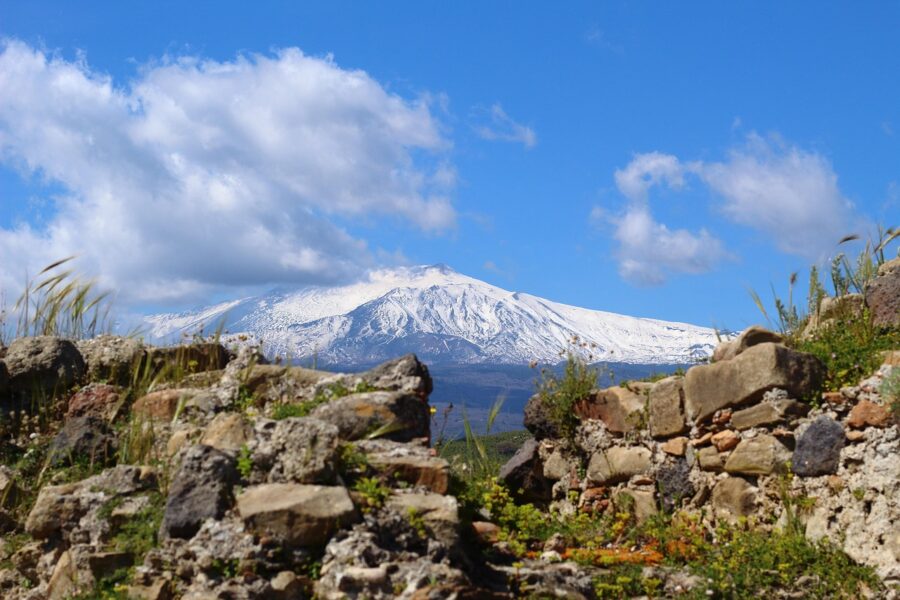
Mount Etna towers near Syracuse, making an exciting day trip for nature lovers. Europe’s largest active volcano offers hiking trails, wine tasting, and stunning views across the Mediterranean.
From Palermo, the Madonie Mountains reveal medieval villages frozen in time. Castelbuono and Petralia Soprana feature narrow cobblestone streets and traditional Sicilian restaurants.
The Valley of Temples in Agrigento deserves a full day from either city. These Greek ruins rank among the best-preserved ancient temples in the world.
Taormina fits perfectly into a Syracuse day trip. Its ancient Greek theater provides spectacular views of the coastline and Mt. Etna. The charming streets filled with shops and cafes make it worth the journey.
Practical Travel Information
Both Palermo and Syracuse offer distinct travel experiences with different logistics to consider. The right planning makes visiting either city much smoother and more enjoyable.
Accommodation and Lodging
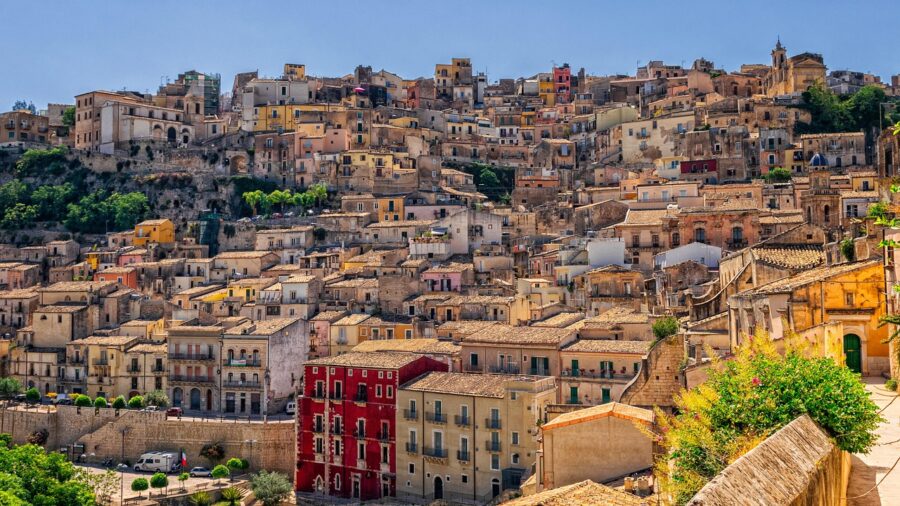
Most hotels in Sicily cluster in the historic centers of both cities. Palermo’s best spots are near Teatro Massimo or Quattro Canti. Syracuse’s top areas include Ortigia Island and the Archaeological Park zone.
Palermo tends to cost more for lodging, with 3-star hotels ranging from €80-150 per night. Syracuse offers better value, with similar quality rooms from €60-120.
Budget travelers can find hostels starting at €20 in both cities. Family-run B&Bs provide an authentic Sicilian experience for €50-90 per night.
Getting Around
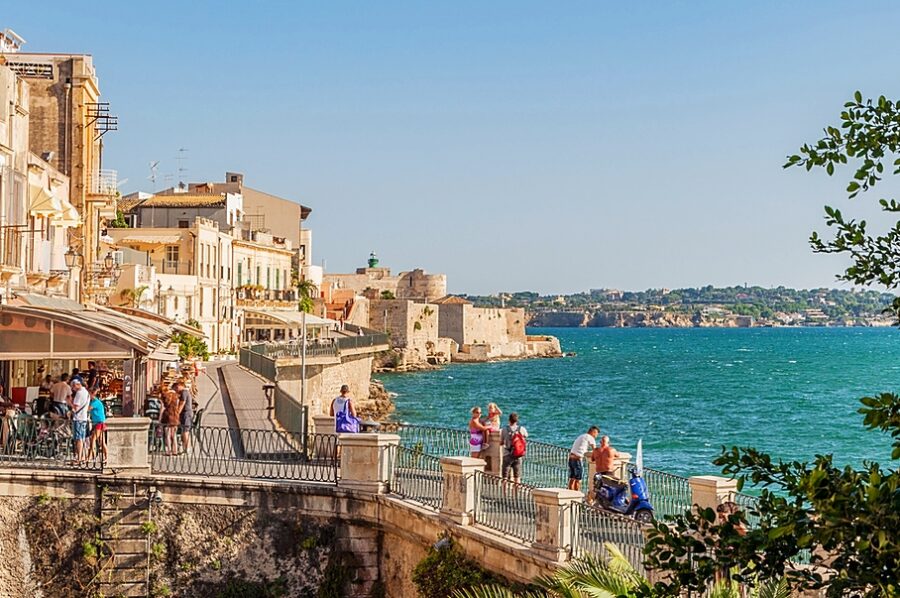
Walking works well in Syracuse’s compact historic center. The main sights sit within 20 minutes of each other on foot.
Palermo needs more planning due to its larger size. The city has decent public buses that cost €1.40 per ride. Many visitors prefer taxis between distant attractions.
Car rentals make sense for day trips but create headaches in both city centers. Tight medieval streets and limited parking make driving stressful.
Weather and Best Travel Times
Spring (April-May) and fall (September-October) bring ideal temperatures around 20-25°C (68-77°F). These months dodge summer crowds and winter rains.
Summer sees temperatures climb above 30°C (86°F). July and August bring intense heat and peak tourist numbers.
Winter stays mild at 10-15°C (50-59°F). December through February can be rainy but rarely freezing. Many sites reduce hours during winter months.
Both cities host major festivals in summer. Palermo celebrates Santa Rosalia in July. Syracuse holds ancient Greek plays in May and June.
Frequently Asked Questions
Both Palermo and Syracuse offer unique attractions, rich histories, and distinct cultural experiences that make each city special in its own way. The experiences range from ancient Greek theaters to bustling street markets.
What unique attractions can visitors find in Palermo that differ from Syracuse?
Palermo’s Cappella Palatina stands out with its stunning Byzantine mosaics and Norman architecture. The chapel’s golden interior reflects the city’s Arab-Norman heritage.
The Ballarò Market offers a truly local experience with its loud vendors and exotic spices. The market brings together Sicily’s diverse cultural influences.
Teatro Massimo amazes visitors as Italy’s largest opera house. Its neoclassical design and perfect acoustics make it a must-see destination.
How does the historical significance of Syracuse compare to that of Palermo?
Syracuse holds deep Greek roots with its ancient theater that once hosted classical performances. The theater remains active for summer festivals.
The island of Ortygia connects Syracuse to its past as a powerful Greek city-state. Ancient temples and baroque churches sit side by side on its narrow streets.
Palermo reflects more diverse influences from its Norman, Arab, and Spanish rulers. Each culture left its mark on the city’s architecture and customs.
Which culinary experiences in Palermo offer a distinct taste not found in Syracuse?
Street food rules Palermo’s culinary scene. Local specialties like arancini and panelle showcase the city’s Arab influences.
The Vucciria market serves fresh seafood prepared right in front of you. Fishmongers cook their catch on simple grills along the street.
The Neapolis Archaeological Park contains hidden caves and tunnels. These lesser-known spots tell stories of ancient engineering and warfare.
The Jewish ritual baths, or miqwe, lie beneath Ortygia’s streets. They rank among the oldest in Europe.
In terms of local festivals and cultural events, how do Palermo and Syracuse differ?
Syracuse hosts the Greek theater festival each spring. Ancient plays come to life in their original setting.
Palermo celebrates Santa Rosalia in July with parades and street parties. The whole city joins in this massive five-day festival.
What are the travel experts’ top accommodation picks when choosing between Palermo and Cefalù?
Boutique hotels in Palermo’s historic center put you close to major sites. Many occupy restored palazzos with original features.
In Cefalù, beachfront resorts offer great views of the Norman cathedral. Its smaller size makes it perfect for relaxing stays.
Small B&Bs in restored fishermen’s houses give guests an authentic experience. These places often include home-cooked Sicilian breakfasts.
